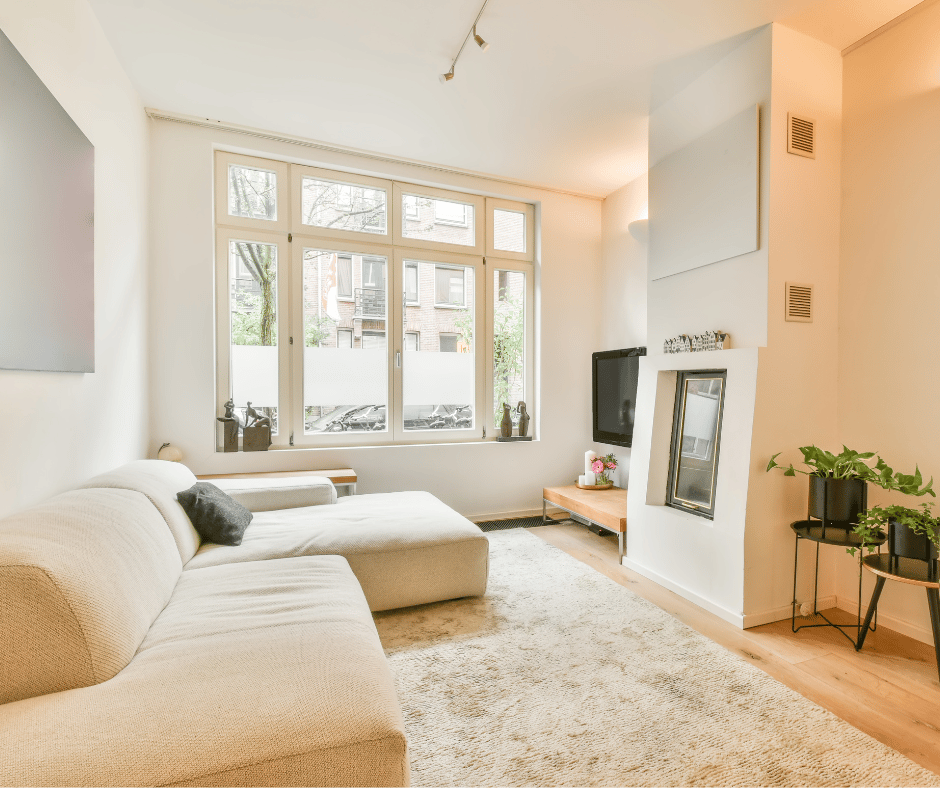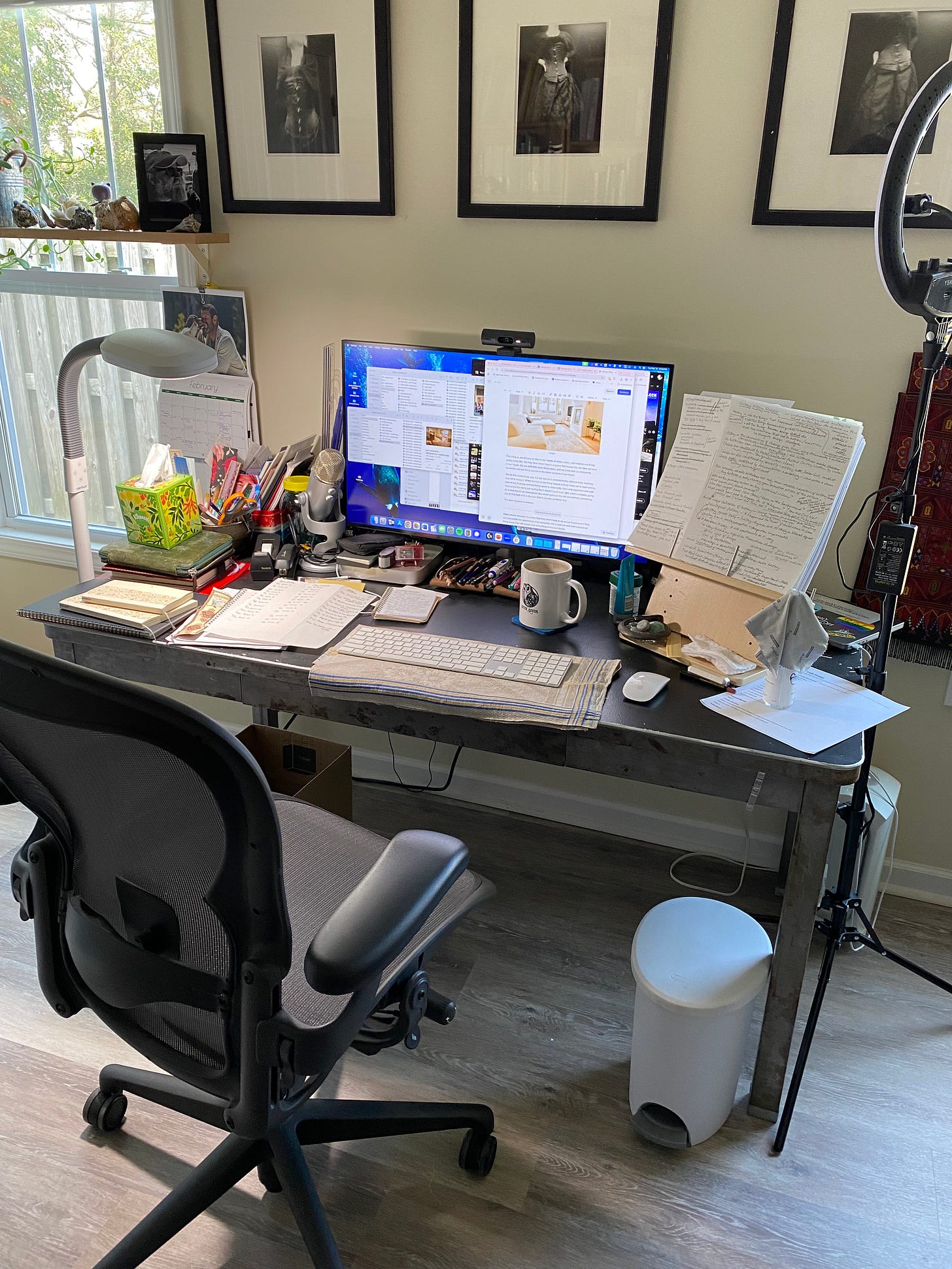This post is a chapter of the book It Ain’t Gonna Lick Itself: Creating and Maintaining Living Spaces That Make Your Life Better (In Spite Of Everything) by Hanne Blank Boyd.
Click here for the full table of contents.
It might surprise you to know that when it comes to a well-maintained living space, the visuals are really not all that important. Aside from general cleanliness and a relative absence of visible chaos, well-maintained spaces don’t necessarily share many visible characteristics. The kinds of aesthetic decisions that govern what people’s spaces look like are way up at the top of the Maslow hierarchy, and they’re highly individual. In many ways, they have nothing whatsoever to do with the survival and function necessities at the foundation of the pyramid.
Many of us develop the belief that a clean house, or a well-maintained house, looks a certain way.
Maybe the version you’ve got in mind is from the house you grew up in. Perhaps it’s from TV, either from a specific show or a network (HGTV, I’m looking at you) or from commercials that show examples of what clean houses (presumably clean because of the products they are advertising) look like.
Possibly you’ve internalized a specific vision of domestic spaces from housekeeping magazines like Better Homes & Gardens or Martha Stewart Living or Real Simple. Wherever you acquired your expectations, there are probably things you assume are automatically true about the optics of a well-run household. Especially with the curated, highly staged versions of household spaces that clutter the Internet, one often gets the impression that unless a space looks like it could feature in an issue of Architectural Digest, it’s in dire need of help.

We all have an idea in our heads of what a clean, well-maintained living space looks like. We may have never lived in a space that looked like the idea we have in our heads. But we definitely have those ideas, and because we do, we often end up comparing ourselves and our living spaces to the ideas we have in our heads.
We do this consciously, yes, but we also do it without really realizing that we’re doing it. If you look at your living spaces and know full well you’ve been taking care of business and that everything’s reasonably clean and organized and well-maintained and yet you feel like it doesn’t look like it, what’s probably going on is that there’s an internalized idea about optics in the mix somewhere, prompting you to find fault with a situation that is actually perfectly fine.

This also happens in reverse. Many people develop the notion that they won’t have to do actual housework if they can just create the appearance they associate with a well-run and well-maintained living space that will ensure that everything is fine and dandy.
Keep reading with a 7-day free trial
Subscribe to Reasons Not to Quit to keep reading this post and get 7 days of free access to the full post archives.




